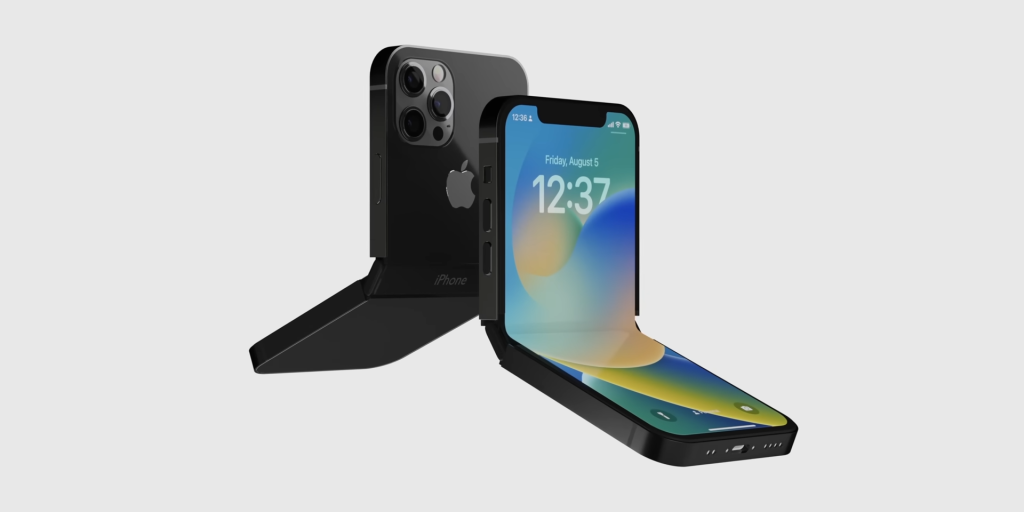
Apple’s first ever Foldable iPhone could hit mass production late next year
- 18.03.2025 08:59
- gizmochina.com
- Keywords: Apple, Foldable iPhone
Apple's first foldable iPhone may enter mass production late next year, according to reports. Analysts suggest conflicting timelines, with some indicating a possible release in 2027. The device could feature a 5.49-inch cover screen or potentially be a foldable iPad.